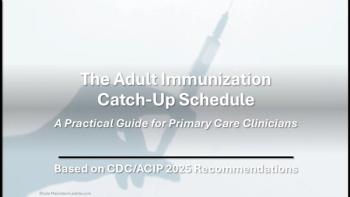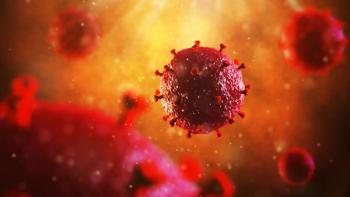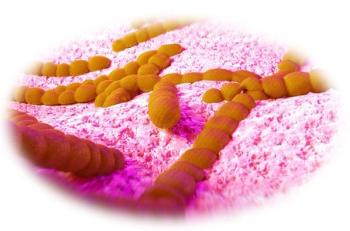
When are -lactams safe in patients with a history of penicillin allergy?
The results of this study suggest that ß-lactam antibiotics are safe to use in patients with a history of penicillin allergy if penicillin skin test results are negative.
The results of this study suggest that ß-lactam antibiotics are safe to use in patients with a history of penicillin allergy if penicillin skin test results are negative.
The authors retrospectively studied 596 patients who had a history of penicillin allergy. About 50% were inpatients, 25% were in the ICU, and 25% were outpatients. The results of penicillin skin testing were negative in 88.4% of patients, positive in 8.2%, and indeterminate in 3.4%. In one patient, urticaria developed immediately after penicillin skin testing.
Vancomycin and fluoroquinolones were the most frequently used antibiotics at the time of skin testing. In 55% of patients with negative skin test results, the antibiotic was changed to a ß-lactam. This change in antibiotic regimen was made more often in patients in the ICU than in outpatients. The change to a ß-lactam also was more likely to be made in adults than in patients younger than 18 years.
Adverse reactions occurred in 5 (1.7%) of the patients given a ß-lactam. These reactions included hives in 2 patients after 16 and 20 days of therapy, nonspecific rash in 1 patient after 17 days, flushing and urticaria in 1 patient 3 hours after a test dose of piperacillin/tazobactam, and a pruritic rash in 1 patient after 12 hours. Penicillin and amoxicillin were the most common ß-lactams to cause an allergic reaction.
The authors say that penicillin skin testing and good communication among the physician, allergist, and infectious disease specialist can help reduce the use of vancomycin and fluoroquinolones and, therefore, help prevent the emergence of antibiotic-resistant bacteria.
Newsletter
Enhance your clinical practice with the Patient Care newsletter, offering the latest evidence-based guidelines, diagnostic insights, and treatment strategies for primary care physicians.









































































































































































































































































































